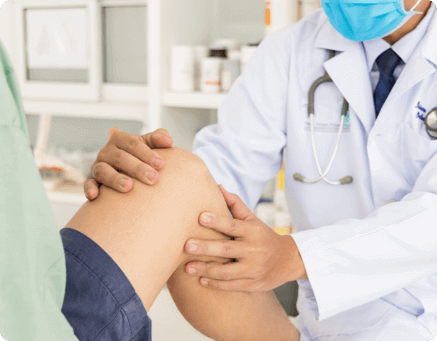Combien de temps dure la période de récupération après une prothèse de genou ?
Après l’opération, un suivi étroit de la cicatrice se fait pendant environ 15 jours. Le traitement de la douleur sera mis en place, surveillé et adapté de manière très rapproché. Le temps varie en fonction des conditions de chacun mais la reprise progressive de la marche se fait dès les premiers jours. Il est possible de reprendre la plupart des activités sportives et du quotidien au bout de quelques mois. La rééducation et la physiothérapie sont importantes pendant cette période.
Est-ce que je peux pratiquer des activités sportives avec une prothèse de genou ?
Oui, mais il s’agit d’effectuer des activités adaptées aux patients porteurs de prothèses. Certaines activités comme le vélo, la natation, le golf ou la randonnée sont conseillées alors que la prudence s’impose pour les activités dites à impacts répétés (course à pied).
Quels sont les taux de réussite des prothèses de genou ?
Les taux de réussite des prothèses de genou sont généralement élevés, avec la plupart des patients bénéficiant d'une amélioration significative de la mobilité et une réduction notable de la douleur. La marche normale sans boiterie est obtenue généralement dans les mois suivants l’intervention.
Combien de temps dure une prothèse de genou ?
Statistiquement. Dans >90% des cas, une prothèse de genou est toujours en place 20 ans après l’intervention.





